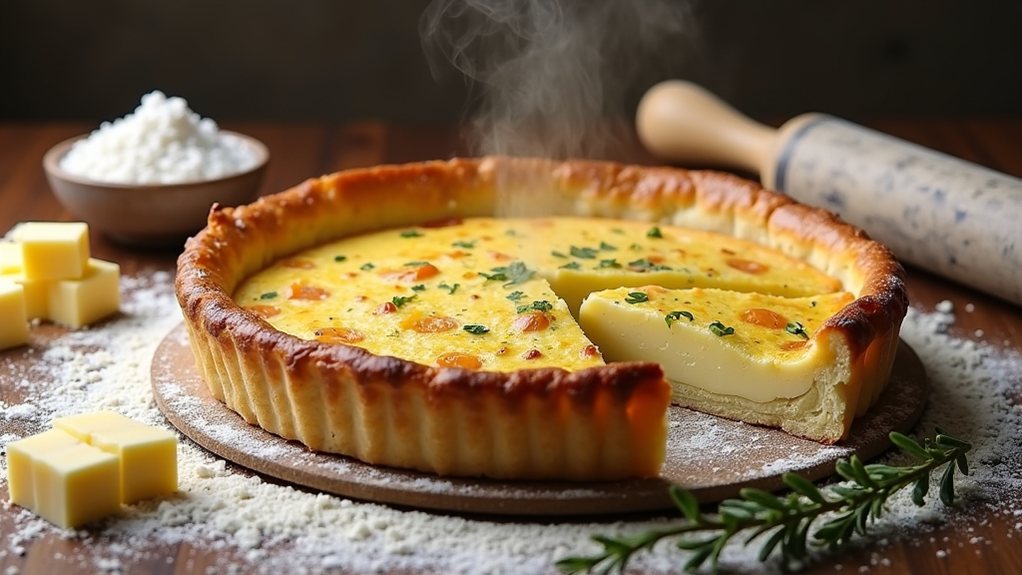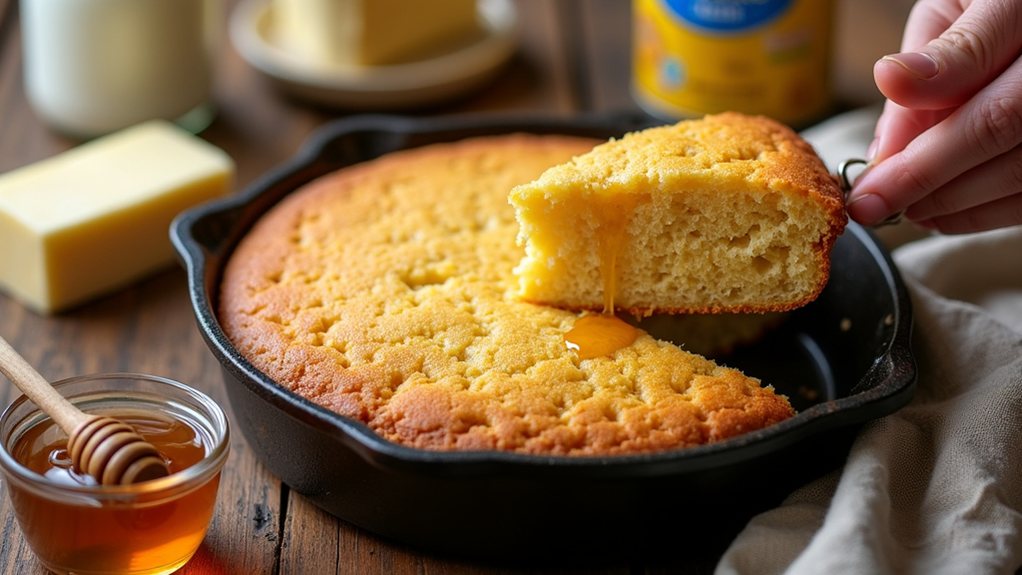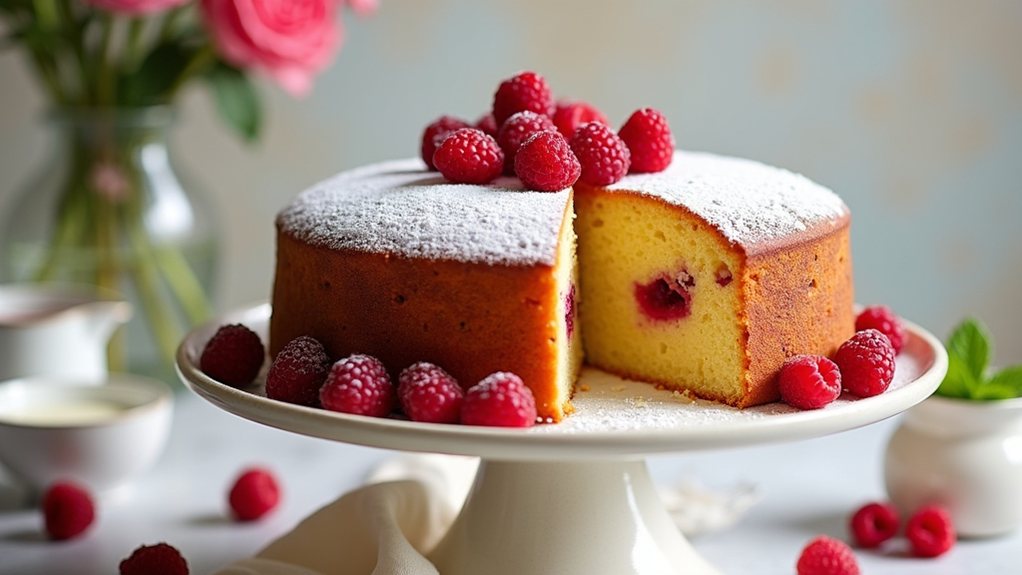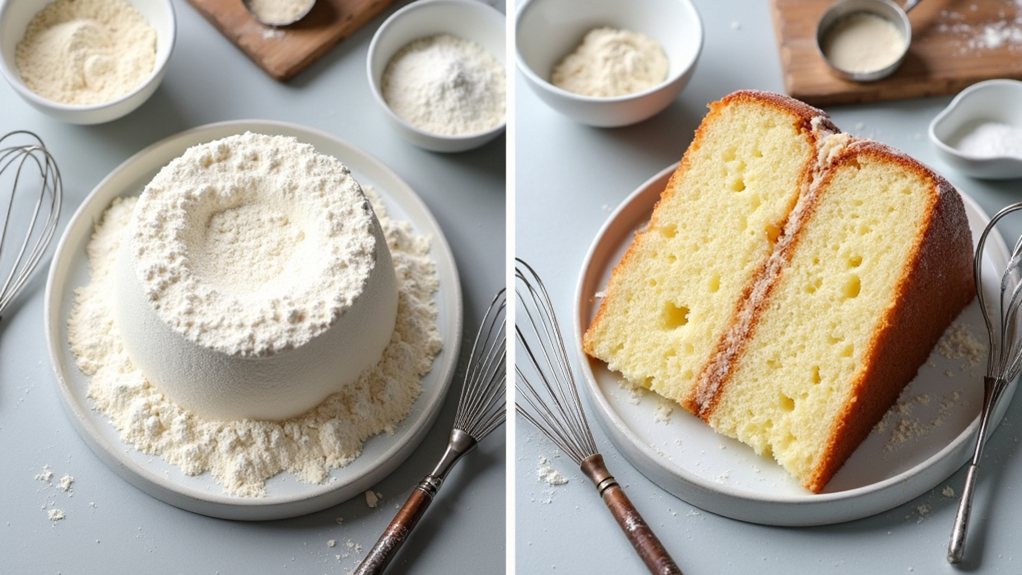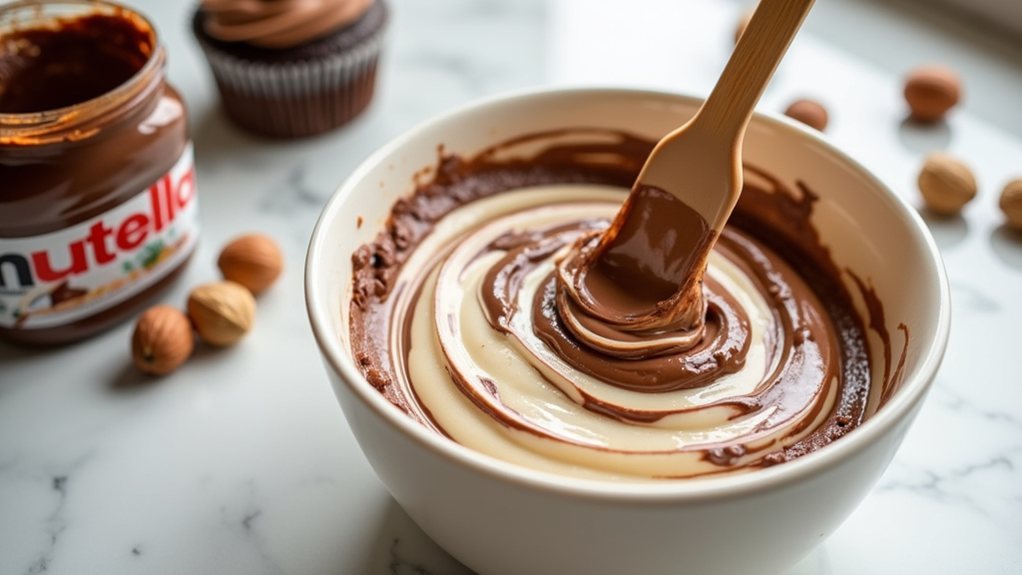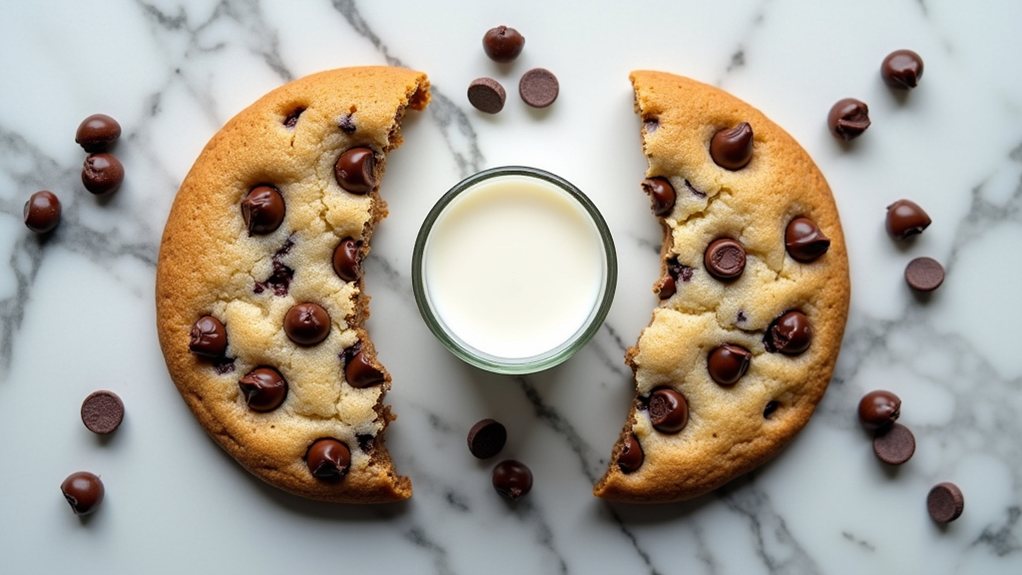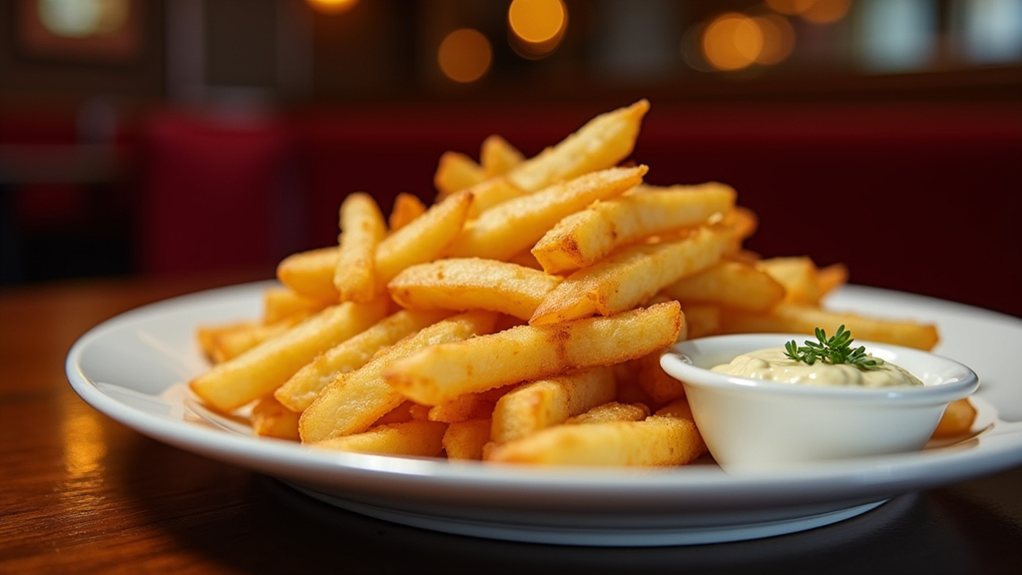The humble quiche, a staple of brunch tables everywhere, often falls victim to mediocre crusts that fail to complement its savory filling. Many home cooks overlook the foundation, focusing instead on the custard and mix-ins. Yet, a properly made buttery crust, with its flaky layers and rich flavor, transforms an ordinary quiche into something remarkable. The secret lies not just in quality butter, but in technique and unexpected additions that challenge conventional recipes. What these transformative approaches entail might surprise even experienced bakers.
The Secret to Perfect Homemade Quiche Crust
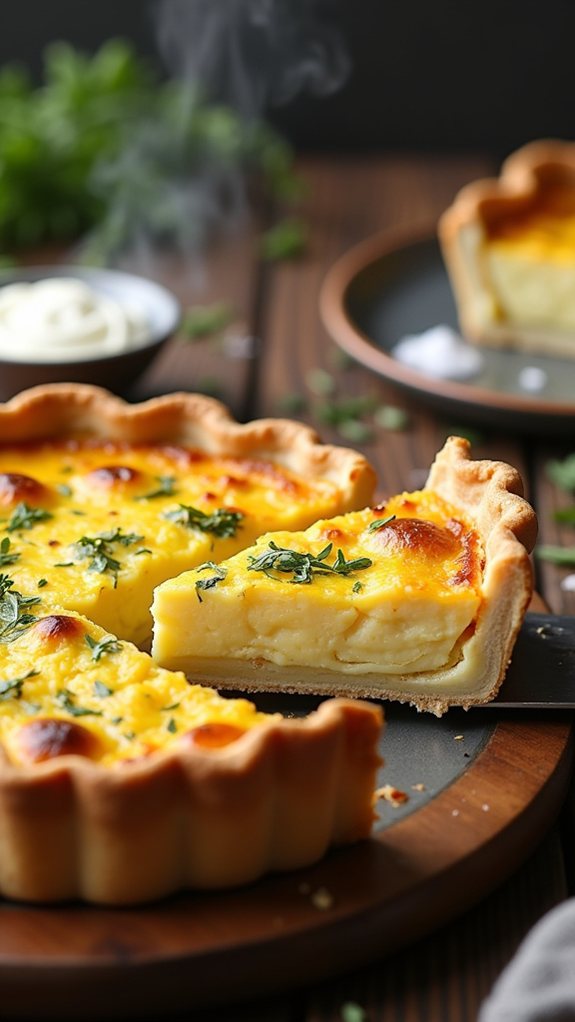
The foundation of any exceptional quiche lies in its crust, a delicate balance of butter, flour, and technique that creates the perfect vessel for savory fillings. While many home cooks resort to store-bought options for convenience, the homemade alternative offers superior flavor, texture, and customization possibilities that simply cannot be matched.
A homemade quiche crust elevates the ordinary, offering unmatched flavor and texture that store-bought alternatives simply cannot deliver.
All-purpose flour forms the backbone of this culinary canvas, while unsalted butter introduces the rich flavor and flaky texture that enhances a quiche from ordinary to extraordinary.
Temperature plays a vital role in achieving the perfect crust. Cold water prevents the butter from melting prematurely during preparation, preserving those key pockets of fat that create layers of flakiness when baked. Many experienced bakers even chill their tools and ingredients before beginning, maintaining the ideal temperature from start to finish.
The freezer method offers a quick alternative to refrigeration for busy cooks who still want quality results without extended waiting periods. Much like electric pressure cookers, this time-saving approach delivers excellent results with minimal active monitoring.
Processing technique greatly impacts the final product’s texture and bite. Gentle pulsing in a food processor until ingredients are just combined prevents the development of gluten that would otherwise create a tough, chewy crust. For those without specialized equipment, a pastry blender or even fingertips can achieve similar results, though with slightly more effort and attention to detail.
Fat content deserves careful consideration, as it directly influences both texture and workability. While an all-butter crust delivers unmatched flavor, combining butter with vegetable shortening creates a dough that’s easier to handle while still offering excellent flakiness. Much like the structured JSON data found in model evaluation repositories, this flexibility allows bakers to adjust based on their priorities and skill levels.
The modest investment of time and ingredients yields dividends in quality and satisfaction. A properly executed quiche crust transforms a simple egg dish into a memorable meal, providing a sturdy yet tender foundation that complements rather than competes with the filling. Following the ideal 3:2:1 ratio of flour to fat to water ensures consistent results that will impress even the most discerning palates.
This culinary marriage of texture and flavor demonstrates why the humble crust deserves as much attention as what goes inside it. Similar to how an Instant Pot saves time while maintaining quality, mastering quiche crust technique delivers efficiency without sacrificing the end result.
